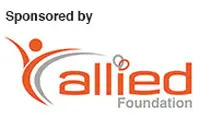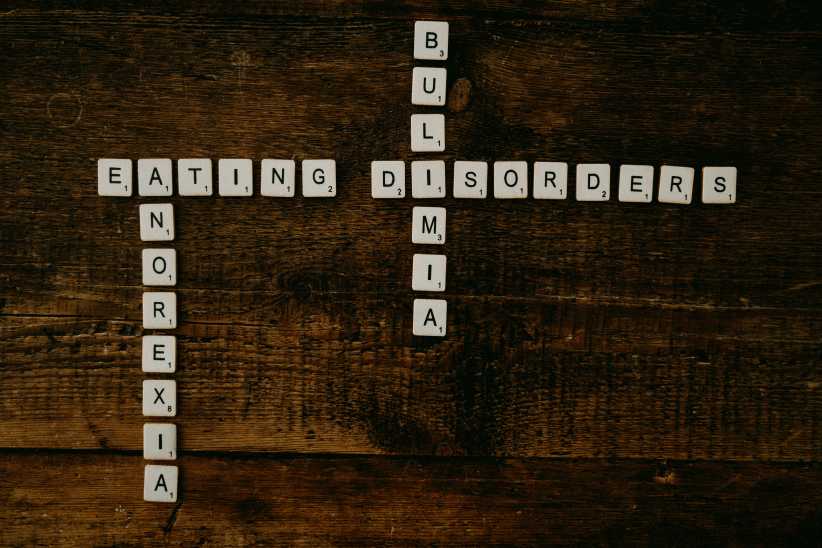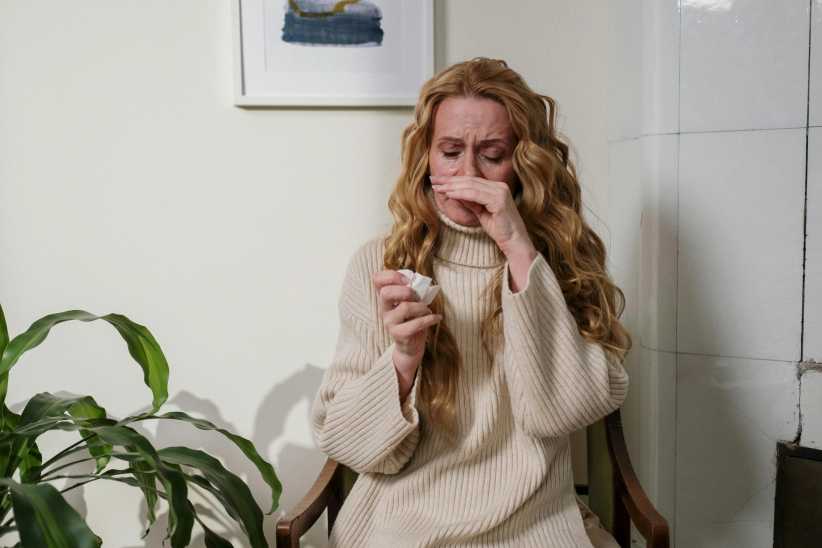
|
Finding a skin rash on your infant is fairly common given that her skin is so sensitive. But how do you know if it’s a normal occurrence or it it’s a more serious rash that needs medical attention? Doctors share the most common skin rashes on babies, what they look like, and how to treat them—and when it’s time to see a pediatrician.
A not-so-serious rash may be treated at home with emollients or can even be left untreated to clear up on its own. But “it is important to be aware of rashes that do not get better or appear to be worsening,” Dr. Kahn adds. “In these cases one should bring that child to see their pediatrician for an exam.”
Here we explain the rashes and skin ailments that commonly affect infants, and give you insight as to when it’s time to call the pediatrician.
Cradle Cap
Most common in newborns, cradle cap appears as yellow, crusty, or greasy, scaly patches. It will generally show up on your baby’s scalp, but may appear on his eyebrows, ears, and neck. This is a harmless skin condition and should clear up on its own within a few months. However, it can be treated with a mild soap and a soft bristle brush to help loosen the scales.
Call the pediatrician if the rash does not go away or gets worse; occasionally a baby may have a secondary yeast infection. “In some cases even cradle cap will require a prescription shampoo or lotion to be treated,” Dr. Kahn says.
Contact Dermatitis
This will show up as a dry and bumpy or red and oozing rash and will only be present in areas where your infant has been exposed to an irritant, such as Band-Aids, soap, or laundry detergent. Contact dermatitis can be avoided by simply no longer using the product that is causing the trouble, and you can apply a mild anti-itch or cortisone cream to ease the symptoms until the rash clears up.
Call the pediatrician if your baby has been exposed to a severe irritant such as poison ivy, as this may require treatment with an oral steroid or cortisone.
Diaper Rash
A diaper rash occurs when urine and stool act together to create an acidic environment that breaks down baby’s skin. Diarrhea can make diaper rash more frequent. A diaper rash shows up as redness or burn-like marks. Diaper cream should do the trick and can be applied with each diaper change.
Call the pediatrician if your child has severe rashes with open sores that do not heal easily. “On occasion, diaper rash can become secondarily infected. If an area of redness becomes scaly and bumpy, it is possible that the skin has become infected with yeast, which requires a topical antifungal medication. Babies can occasionally experience bacterial infections, like impetigo [see next page], due to severe irritation,” says Katharine Miao, M.D., a medical director at CityMD Metro North Region. If baby has large, soft, yellow fluid-filled blisters, a staph infection may have developed. See your doctor; this needs prompt treatment with oral antibiotics.
Eczema
It looks different in infants than it does in older children. When an infant develops an eczema rash, it typically appears on her cheeks, trunk, or scalp; the areas look red, scaly, and sometimes crusty.
Call the pediatrician if the eczema gets worse despite treating with over-the-counter cream. Your child may have developed a bacterial infection, in which case antibiotics are necessary to clear it up. Eczema that isn’t getting better could also be the result of an allergy, especially to foods such as milk or soy. You may need to consult an allergist to find out the specific cause.
Hives
These flat or slightly raised blotches are usually caused by an allergy, most frequently to food or medicine. A telltale sign that the rash is a hive is if it fades in one area and reappears in another. To treat, use a mild antihistamine or remove whatever is causing the allergy.
Call the pediatrician if your baby is having difficulty breathing, or has swollen eyes or lips in addition to hives. In fact, it is recommended you call 911 if any of these symptoms occur, as they are signs of a severe allergic reaction.
Impetigo
If your child develops yellow, crusty, oozing sores around his mouth, this may be a sign of impetigo. It’s caused by a staph or strep germ and can occur anywhere the skin has been broken and bacteria can enter.
Call the pediatrician if you notice the symptoms listed above. Impetigo needs to be treated by a doctor either with antibiotics or a prescribed cream. If the outbreak does not go away after a few days of treatment, call the doctor again.
Infant Acne or Milia
Milia are tiny white bumps that appear under your baby’s skin. The bumps are normally present on the nose, chin, or cheeks and are caused by skin flakes trapped near the surface of the skin. Baby acne is red or white bumps on the forehead or cheeks, which are caused by hormones the baby receives from his mother at the end of pregnancy. Infant acne can be present when your baby is born or appear when she is 2-4 weeks old. Both milia and baby acne will disappear in several weeks and are harmless. You can care for your baby’s acne by washing his skin with warm water and a mild soap and by avoiding oils and lotions on the affected area.
Call the pediatrician if the acne appears to be getting larger or appears swollen and is producing discharge. This could be a sign of a bacterial infection, which needs to be treated with antibiotics.
From Our Sponsor:
The mission of Allied Foundation is to impact and improve the health and well-being of residents within Allied Physicians Group’s geographical footprint, which currently includes Long Island (Nassau and Suffolk), Queens, Brooklyn, Richmond, Westchester, Rockland, and Orange. The Allied Foundation funds community-based strategies and initiatives, including Breastfeeding Support (toll-free Support Line: 866-621-2769; Breast Milk Depots), Community Education (free app—AlliedPG—and lectures about such topics as ADHD, managing food allergies, behavioral health, and infant CPR), Early Childhood Literacy (proud partner of Reach Out and Read and The BookFairies); and Community Service (Diaper Bank of Long Island). For more information, visit alliedfoundation.org.























